As a mom, you always try to be prepared. You make sure your kids have the right school supplies, you buy them healthy snacks, and you help them with their homework (was chemistry always this hard?) But what you can’t prepare for is a call from the teacher, saying that your child is being disruptive in class. What gives? Where did you go wrong?
Savannah’s parents found themselves on the receiving end of that phone call earlier this year. Savannah is twelve and what any parenting blog would call a “good kid”: She’s kind, smart, and gets along well with her friends. So, when her parents got the call from her teacher and heard Savannah described as “distracted” and “unfocused,” they were blindsided. Her teacher also said that she hasn’t been doing well on her tests. At first, Savannah’s parents were concerned; but when they thought about it, something didn’t add up. Sure, Savannah has a lot of energy and can get distracted sometimes, but she’s smart and always does her homework. There’s no reason why she should be getting low test scores. It’s not the teacher’s fault, either, since she clearly cares and wants to see Savannah succeed. So, what are Savannah’s parents supposed to do?
The problem may be an education system that expects Savannah to fit into a mold and doesn’t give teachers the tools to help kids that are a little different. For example, earlier this year, Savannah was sent home with a vocabulary list. All the students were instructed to review the words with flash cards to prepare for a test. Savannah made the flashcards—her mom even helped drill her on the words—but when grades came back, a large “C” marked the top.
Turns out issues like this are not uncommon. The school curriculum has been designed with one learning style in mind: it’s called verbal-linguistic, which means learning by reading and writing. The students received a list of words and were told that if they looked at the words long enough, their brains would retain the meaning of those words. What Savannah (and her parents) did not know, however, is that Savannah is not a verbal-linguistic learner. Her learning style is physical-kinesthetic, which means she learns through touch. No matter how long Savannah stares at her notes, she won’t fully take in their meaning as well as her verbal-linguistic classmates. Multiply that issue by all the written tests she’s expected to take throughout the rest of her education (including the average of 112 standardized tests that American students take by the time they graduate), and you begin to see how today’s school system is setting Savannah up to fail.
So, how can we change our one-size-fits-all approach to education, so that kids like Savannah don’t get left behind? One solution could be to modify the school curriculum to fit multiple learning styles. Small adjustments can make a world of difference. Savannah could be tested for her learning style, and since she learns through touch, she could be allowed to doodle during lectures to help her stay engaged. Similarly, for homework assignments like that vocabulary list, Savannah’s teachers could encourage her to draw out images of the words to help her remember the definitions better.
For now, Savannah’s parents are doing the research and implementing techniques at home that set her up to succeed, as well as communicating with her teacher. Eventually, we hope the education system will catch up, or catch on, so that schools can embrace what makes kids like Savannah unique and not defined by the mold. At current, nontraditional school systems offer an avenue of hope. The more these avenues are pursued, the better we can equip students with diverse learning behavior.
